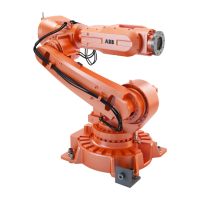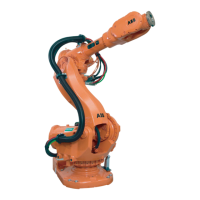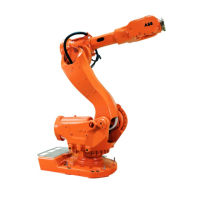[553] SpotWare
Product Specification RobotWare Options for BaseWare OS 4.0 43
Principles of SpotWare
The SpotWare functions will be controlled by separate internal program processes,
which will run in parallel. For instance the robot movements, the continuous super-
vision and the spot welding will be handled in different independent processes. This
means that if for instance the program execution and thus the robot movements is
stopped, then the welding and supervision will continue until they come to a well
defined process stop. For example, the welding process will carry on and finish the
weld and open the gun, although the program has been stopped during the weld phase.
For well defined points in the welding sequence and movements, calls to user routines
offer adaptations to the plant environment. A number of predefined parameters are also
available to shape the behaviour of the SpotWare instructions.
Programming principles
Both the robot movement and the control of the spot weld equipment are embedded in
the basic spot weld instructions SpotL and SpotJ.
The spot welding process is specified by:
- Spotdata: spot weld process data
- Gundata: spot weld equipment data
- The system modules SWUSRC and SWUSRF: RAPID routines and global data
for changing of process and test behaviour.
- System parameters: the I/O Signal configuration.
Spot welding instructions
Instruction Used to:
SpotL Control the motion, gun closure/opening and the welding
process.
Move the TCP along a linear path and perform a spot welding
at the end position.
SpotJ Control the motion, gun closure/opening and the welding
process.
Move the TCP along a non-linear path and perform a spot
welding at the end position.
Spot welding data
Data type Used to define:
spotdata The spot weld process
gundata The spot weld equipment

